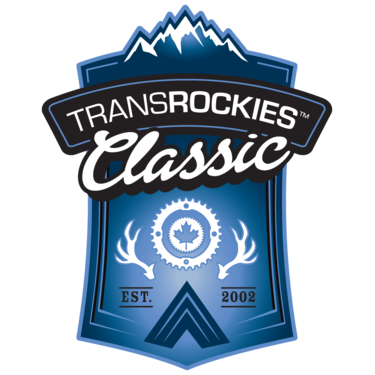
“After nourishment, shelter, and Companionship, stories are the thing we need most in the world”
— Philip Pullman

Old Ghost Road Part 2: Sunshine, single track, rock slips and steep cliffs
When Will first pitched the idea of mountain biking Old Ghost Road during our trip to New Zealand, I said absolutely not, though I totally understood why he wanted to do it. Old Ghost Road is New Zealand’s longest stretch of single-track mountain biking, and one of the highest rated mountain bike trails in the world. This is our experience with Old Ghost Road

Old Ghost Road Part 1: The best ride in the worst weather
When Will first pitched the idea of mountain biking Old Ghost Road during our trip to New Zealand, I said absolutely not, though I totally understood why he wanted to do it. Old Ghost Road is New Zealand’s longest stretch of single-track mountain biking, and one of the highest rated mountain bike trails in the world.

Wilmington Whiteface and my First Season Mountain Biking.
Wilmington was a perfect mountain bike race for my novice level of experience, with more than 2700m total elevation gain mostly on gravel or paved roads, and a few short sections of not too technical single track.

TRC Training: Mountain biking season 1/3 and the Beachburg Spring Chicken Enduro
My winter training programs worked. When the spring hit I felt pretty strong on a bike, even stronger than expected, and my cardiovascular fitness was good. So it was time to try some racing and I entered the Beachburg Spring Chicken.

Strength and Power Training for Endurance Athletes
In this blog I address the most common reasons why endurance athletes avoid strength training, and provide counter arguments for why they should be.

Trans Rockies Classic: My partner
My brother Kevin could be a surprising choice to some of my close family and friends as my My Trans Rockies Classis (TRC) riding partner. It’s hard to sum up the complexities of a sibling relationship with one short post. It’s not because of our solid history of companionship that I want Kevin as my TRC partner. Nor is it because we have a great history of teamwork.

Trans Rockies Classic (TRC): Start with Why
The ‘Why’ is your purpose, and your drive behind any new goal or undertaking. My father’s final advice to me was ‘Just be you. You be you and that’s all you can be.’ This is why I want to compete in the Trans Rockies Classic.

Trans Rockies Classic: My next BHAG
BHAG stands for Big Hairy Audacious Goal. With 550km and 15 thousand meters elevation from Fernie to Panorama, The Trans Rockies Classic is a …